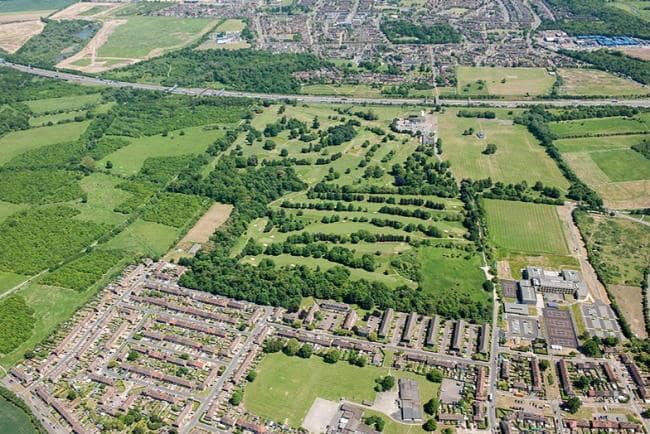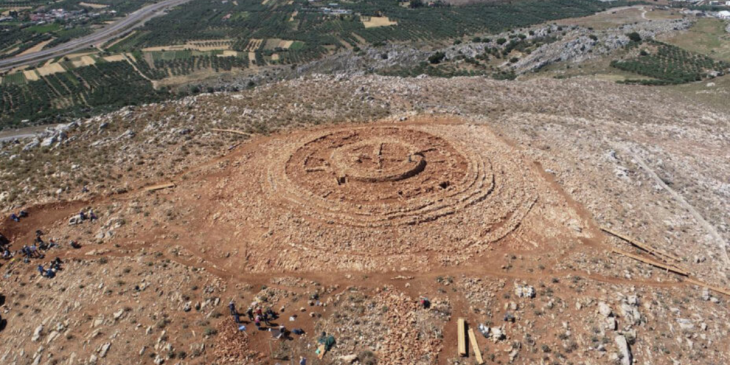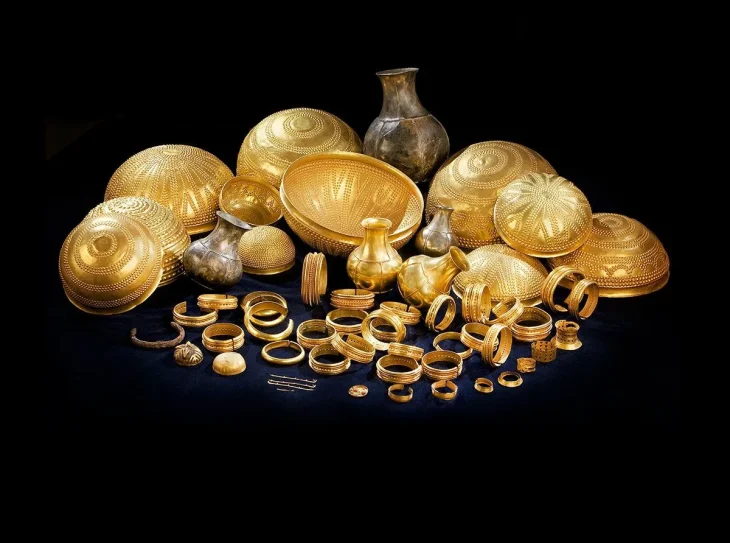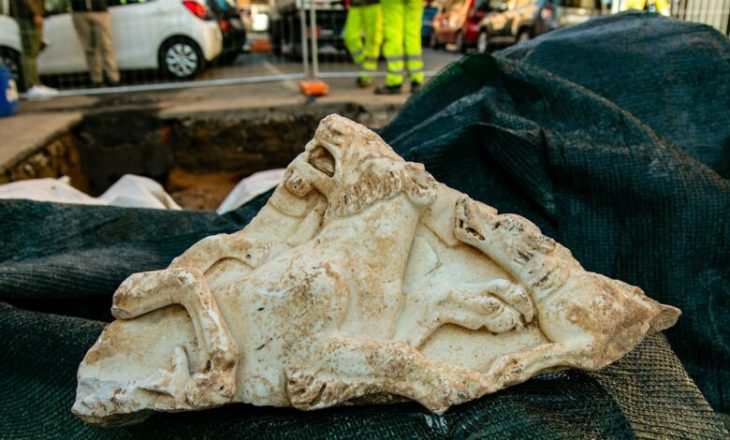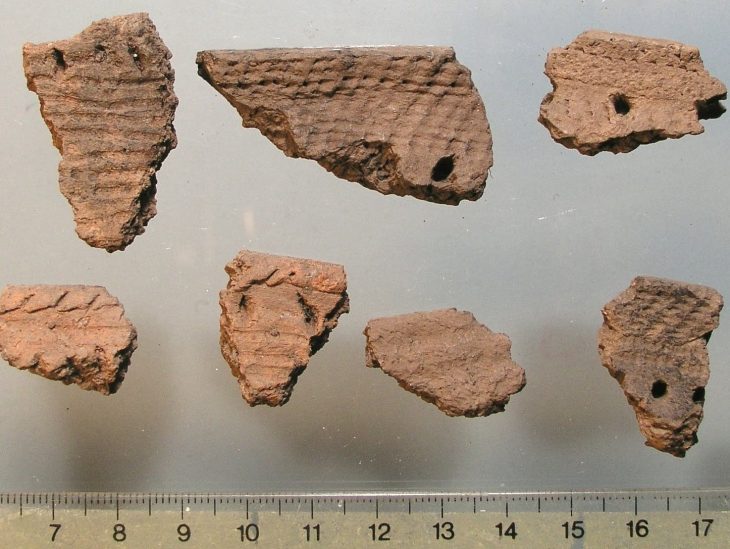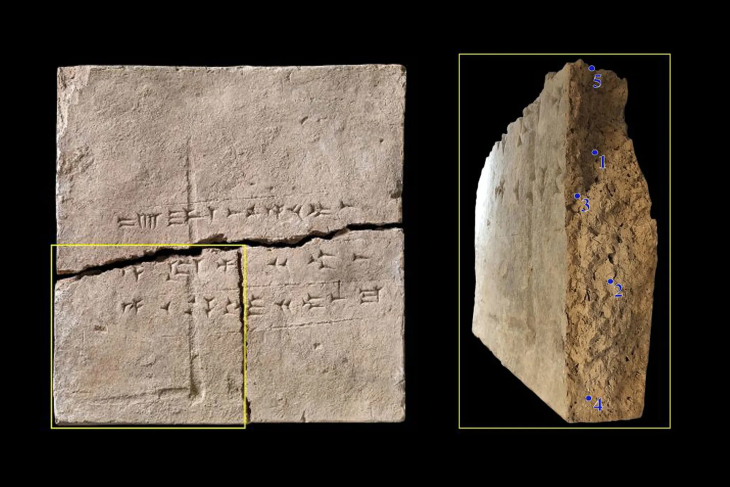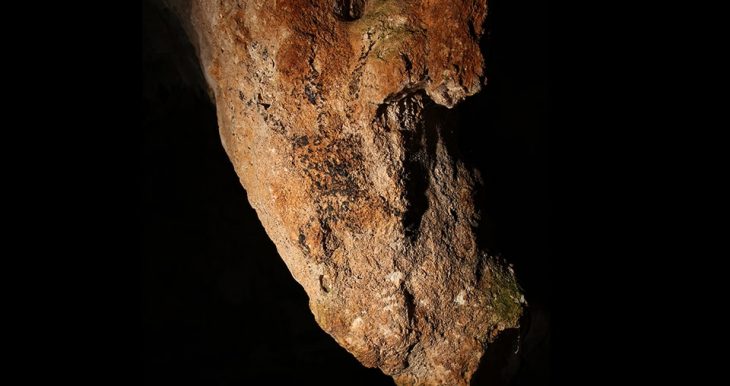Under a golf course, the ruins of Tudor and Jacobean gardens were unearthed.
Aerial images of Belhus Park Golf Course in South Ockendon, Thurrock, matched a 1619 visual assessment of the old estate and a late 17th to an early 18th-century painting depicting a bird’s eye perspective of the land, according to volunteer researchers.
Their data showed that the previous gardens’ plan had survived, and Historic England’s non-invasive investigation of the delicate earthworks and shallowly buried archaeology has recently verified this.
A circular water feature to the west of the ancient manor house, as well as the patterns of walkways and walls, confirmed the perspective of the gardens depicted in the late 17th to the early 18th-century picture.
Historic England used ground-penetrating radar, with senior geophysicist Neil Linford describing how the image of a Tudor water garden became clear.
“We were very excited when we started to see the image of the Tudor water garden appear on the laptop screen as we were collecting the data – that made all the hard work very worthwhile,” he said. (Echo-News)

The golf course used to be part of the Belhus Park estate, which also contained a manor house. In the mid-eighteenth century, the gardens were replaced with a landscape park created by famous landscape architect Lancelot “Capability” Brown, whose other works include gardens at Hampton Court, Blenheim Palace, and Chatsworth House.
Historic England wishes to protect the historic environment and strive to get Belhus Park removed from the Heritage At Risk Register.
Christopher Laine, the landscape architect for Historic England, said: “We already knew that Belhus Park was a special place and a designed landscape of great historic interest. (Echo-News)
“This research proves the survival of these rare formal gardens just underneath the surface of the golf course and improves our knowledge of how the gardens and landscape park at Belhus Park developed.
The research was carried out with the support of golf course operator Impulse Leisure, whose managing director, Karl Hayes, said he wants to “explore, understand and retain such a historical finding”.
The historic garden features lie within the private golf course.
Historic England said it is “hoped that there will be future opportunities for community engagement, volunteering, exploring and enjoying this fascinating place”.

